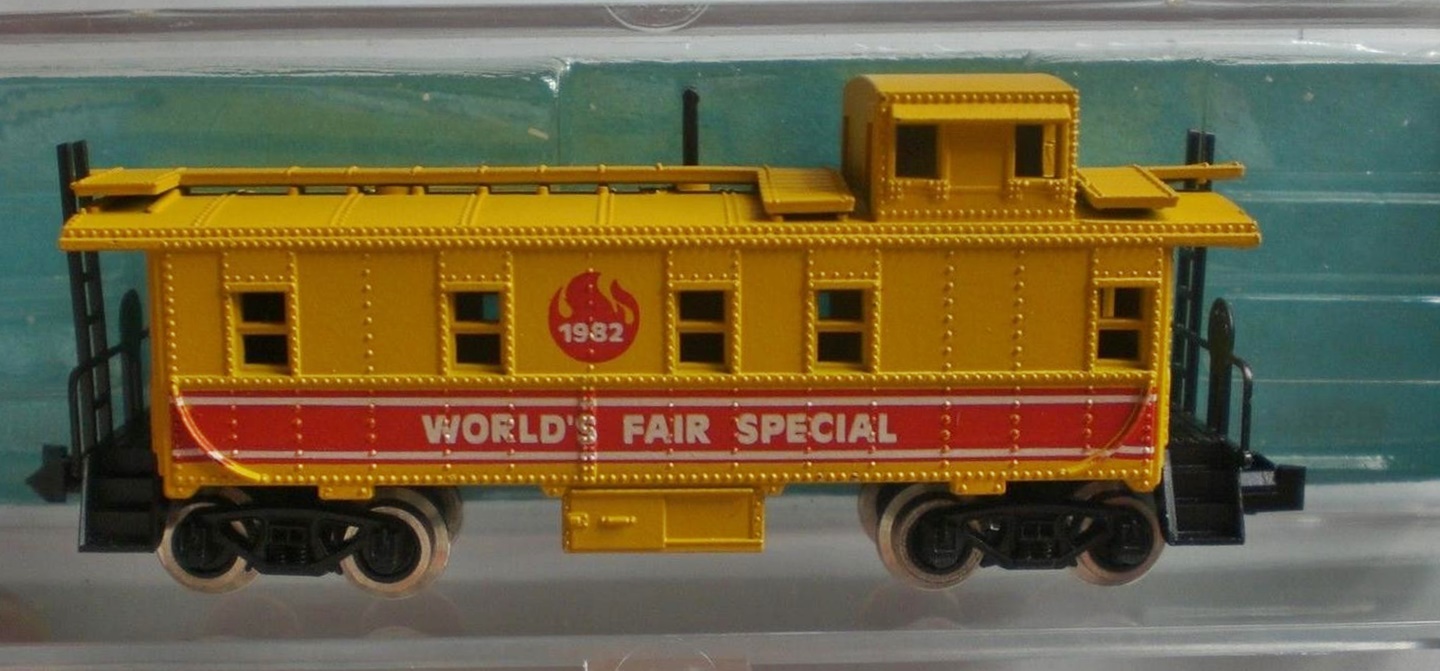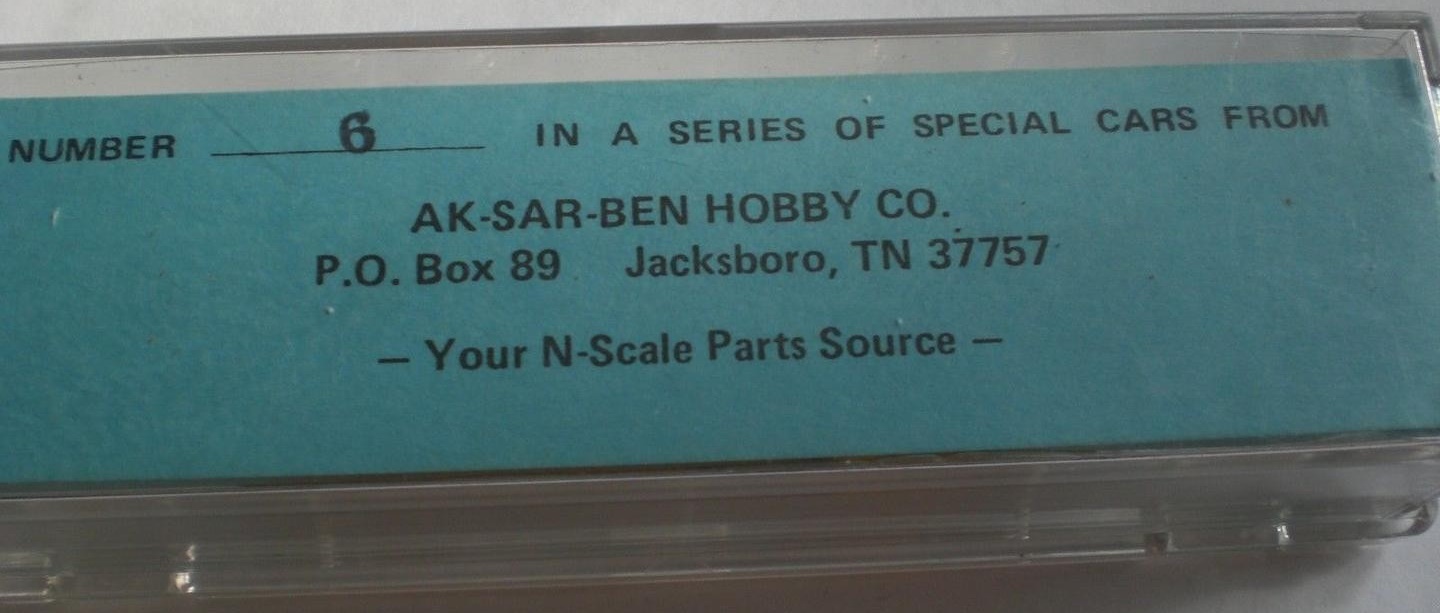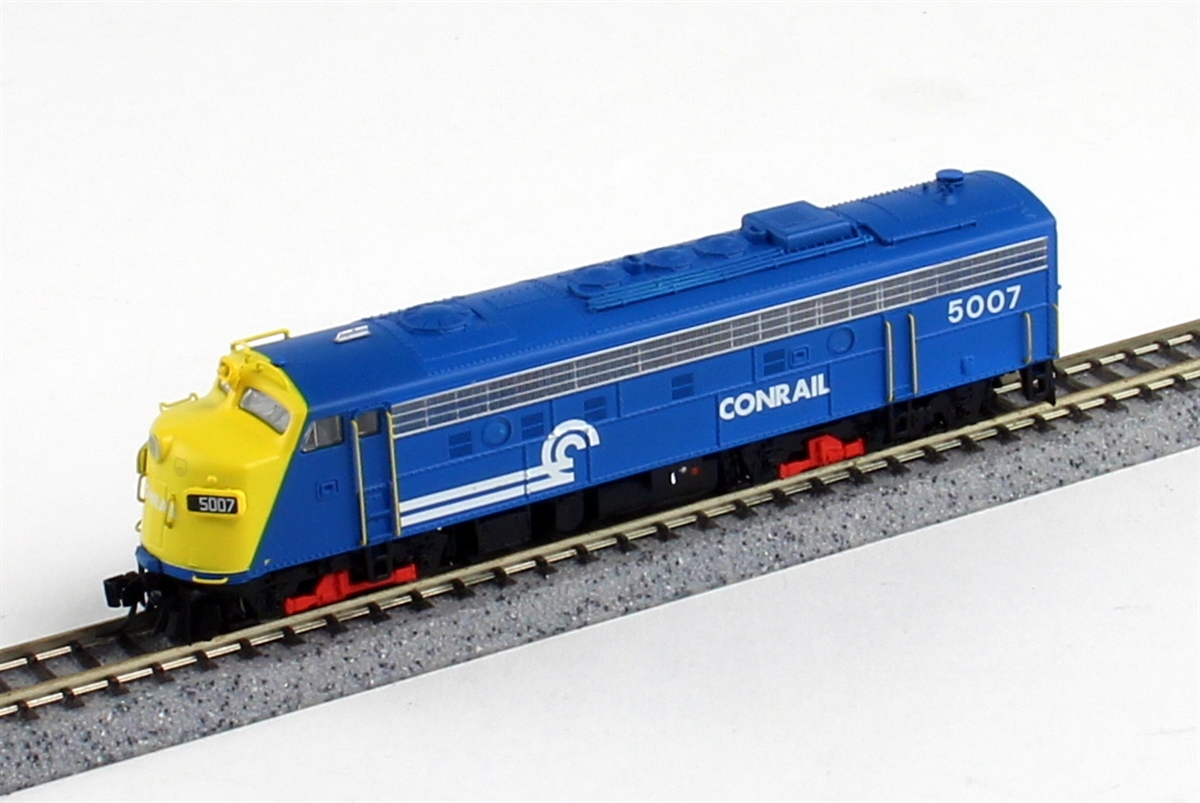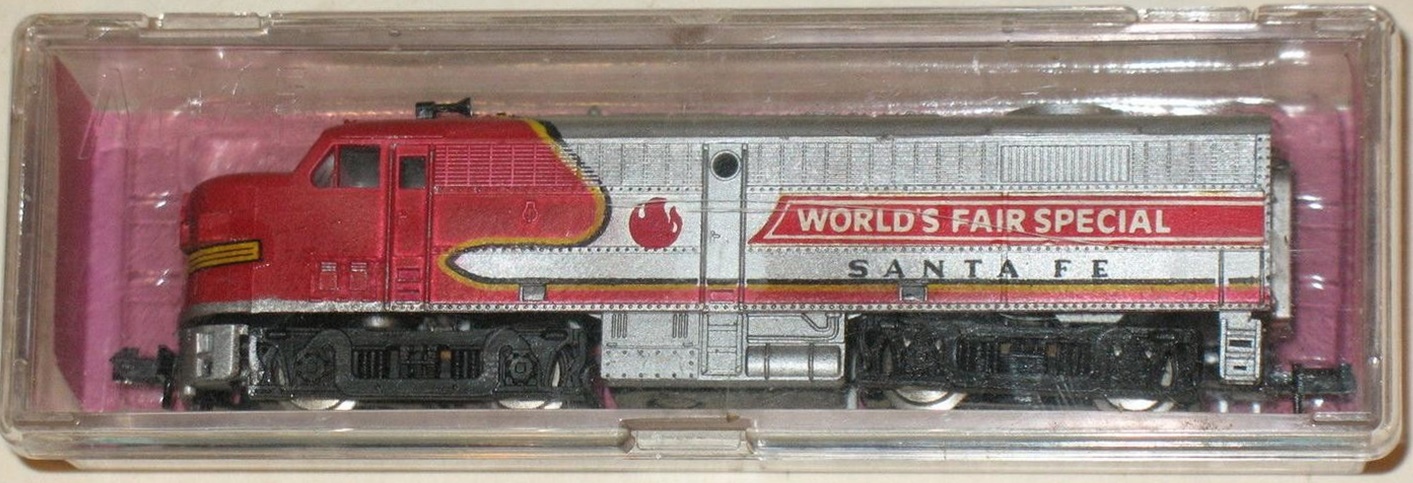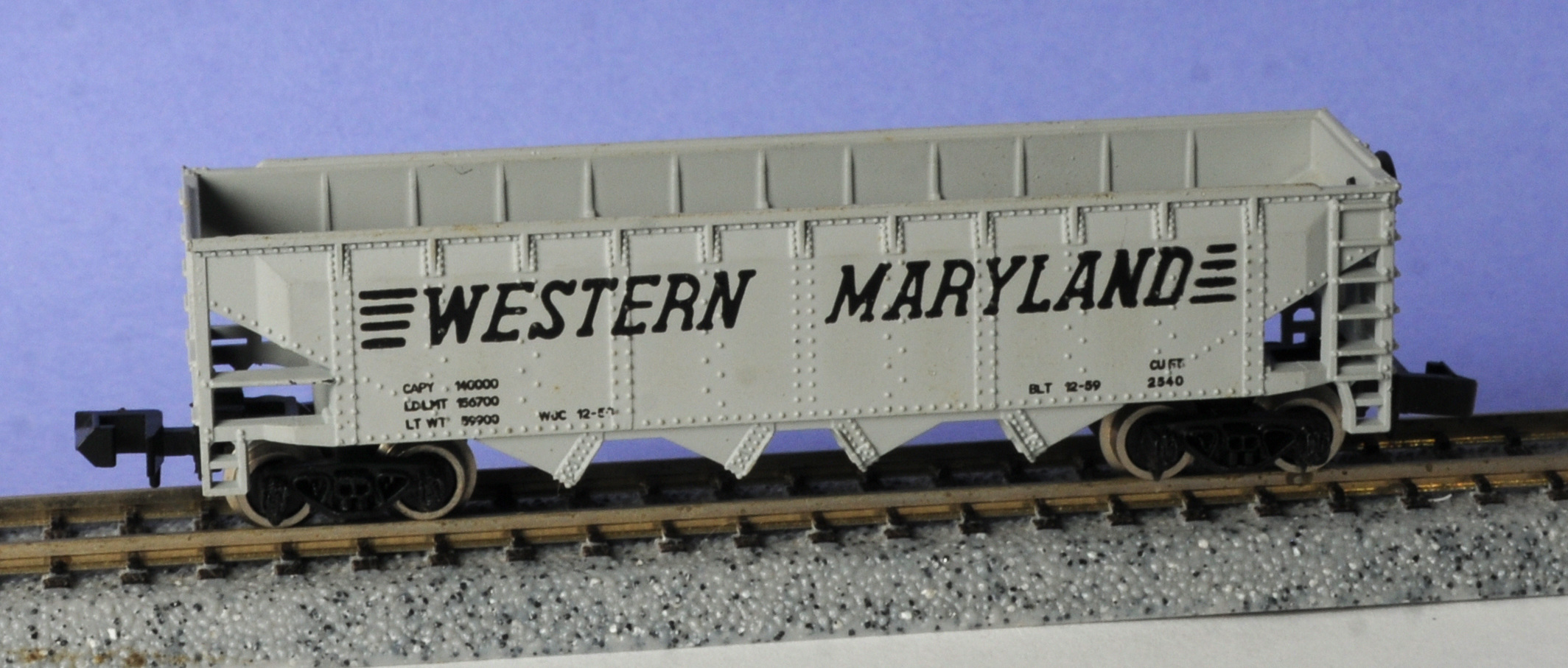Model Information: The "35" series "Offset" Cupola Caboose is an early Atlas body style introduced between 1979 and 1982. It replaced the earlier 6-window version of the offset cupola caboose that was made for Atlas by Roco. The model was first manufactured in Atlas' New Jersey facility but later moved to China. Its cupola is located towards one end of the body hence the nickname "End" or "Offset" Cupola Caboose. This body style has a roofwalk. It has five windows on one side and three on the other (hence it is known as the 8-Window version) as well as two separated windows on each side of the Cupola. It has ladders on each end which do NOT loop over the ends onto the roof.
Prototype History: The origins of the railroad caboose appear to date back to the 1840s when Nat Williams, a conductor of the Auburn & Syracuse Railroad (a later affiliate of the New York Central) became fed up with cramped and uncomfortable quarters to do paperwork (a common job of the conductor, whose responsibility is general oversight and control of a train, passenger or freight), which was usually done in either a free space of a passenger car or combine/baggage car. To fix this problem, Williams found an unused boxcar and using a simple box and barrel, as a seat and desk, set up shop in the car to do his duties. Not only did he find out he had plenty of room to work but also figured that he could use the unused space to store tools (flags, lanterns, spare parts, etc.) and other essentials to have on board whenever needed (such things become commonly stored on the caboose).
Perhaps the most striking feature ever applied to the railroad caboose was its cupola. According to the story, conductor T.B. Watson of the Chicago & North Western in the 1860s reportedly used a hole in a boxcar’s roof (which he was using as a caboose) to get a better vantage point of the train ahead. It is said that Watson was amazed by the view afforded from the position being able to not only see the train ahead but also from all sides, and to the rear as well. He apparently convinced C&NW shop forces to construct a type of open observation box onto an existing singe-level caboose with windows all around where one could sit and view their surroundings. The rest, as they say, is history and the common cupola was born.
Steel Cabooses replaced their wood-sheathed brethren after the second world war when the steel glut made the production and maintenance of steel cabooses far more efficient than wooden models. With the advancement of the End-of-Train device, cabooses slowly began to fall out of favor. However, in the early 2000’s, “shoving platforms” began to appear as a place to safely house a crew when a reverse move was required. Instead of riding on the side of a freight car, the crew member now has a safe place to stand, while guiding the rear of a reverse move.
Perhaps the most striking feature ever applied to the railroad caboose was its cupola. According to the story, conductor T.B. Watson of the Chicago & North Western in the 1860s reportedly used a hole in a boxcar’s roof (which he was using as a caboose) to get a better vantage point of the train ahead. It is said that Watson was amazed by the view afforded from the position being able to not only see the train ahead but also from all sides, and to the rear as well. He apparently convinced C&NW shop forces to construct a type of open observation box onto an existing singe-level caboose with windows all around where one could sit and view their surroundings. The rest, as they say, is history and the common cupola was born.
Steel Cabooses replaced their wood-sheathed brethren after the second world war when the steel glut made the production and maintenance of steel cabooses far more efficient than wooden models. With the advancement of the End-of-Train device, cabooses slowly began to fall out of favor. However, in the early 2000’s, “shoving platforms” began to appear as a place to safely house a crew when a reverse move was required. Instead of riding on the side of a freight car, the crew member now has a safe place to stand, while guiding the rear of a reverse move.
Road Name History: 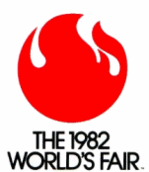 The 1982 World's Fair, formally known as the Knoxville International Energy Exposition, was held in Knoxville, Tennessee, United States. The specialised Expo themed "Energy Turns the World", was recognized by the Bureau International des Expositions (BIE).
The 1982 World's Fair, formally known as the Knoxville International Energy Exposition, was held in Knoxville, Tennessee, United States. The specialised Expo themed "Energy Turns the World", was recognized by the Bureau International des Expositions (BIE).
It opened on May 1, 1982, and closed on October 31, 1982, after receiving over 11 million visitors. Participating nations included Australia, Belgium, Canada, China, Denmark, Egypt, France, Greece, Hungary, Italy, Japan, Luxembourg, Mexico, the Netherlands, Panama, Peru, the Philippines, Saudi Arabia, South Korea, the United Kingdom, the United States, and West Germany.
The fair was constructed on a 70-acre (280,000 m2) site between downtown Knoxville and the University of Tennessee. The core of the site primarily consisted of a deteriorating Louisville and Nashville Railroad yard and depot. The railroad yard was demolished, with the exception of a single rail line, and the depot was renovated into a restaurant. The Sunsphere, a 266-foot (81 m) steel tower topped with a five-story gold globe, was built for the 1982 World's Fair. It still stands and remains a symbol for the city of Knoxville.
From Wikipedia

It opened on May 1, 1982, and closed on October 31, 1982, after receiving over 11 million visitors. Participating nations included Australia, Belgium, Canada, China, Denmark, Egypt, France, Greece, Hungary, Italy, Japan, Luxembourg, Mexico, the Netherlands, Panama, Peru, the Philippines, Saudi Arabia, South Korea, the United Kingdom, the United States, and West Germany.
The fair was constructed on a 70-acre (280,000 m2) site between downtown Knoxville and the University of Tennessee. The core of the site primarily consisted of a deteriorating Louisville and Nashville Railroad yard and depot. The railroad yard was demolished, with the exception of a single rail line, and the depot was renovated into a restaurant. The Sunsphere, a 266-foot (81 m) steel tower topped with a five-story gold globe, was built for the 1982 World's Fair. It still stands and remains a symbol for the city of Knoxville.
From Wikipedia
Brand/Importer Information:  Ak-Sar-Ben Hobby Co
Ak-Sar-Ben Hobby Co
Information on AkSarBen Hobby and their history is sketchy at best. Of course, AkSarBen is Nebraska spelled backwards so one might assume that they got their start in the Husker state. The most recent evidence of their existence, however, was in the 2010 Model Retailer Hobby Industry Directory listing them in Jacksboro, TN. The phone number listed is disconnected, so, who knows for sure? What is known is that AkSarBen Hobbies was owned by Allen Miller and got their start in the 1980's producing very high quality custom, limited edition HO and N Scale products. They probably have left the model train business for more than 20 years ago.

Information on AkSarBen Hobby and their history is sketchy at best. Of course, AkSarBen is Nebraska spelled backwards so one might assume that they got their start in the Husker state. The most recent evidence of their existence, however, was in the 2010 Model Retailer Hobby Industry Directory listing them in Jacksboro, TN. The phone number listed is disconnected, so, who knows for sure? What is known is that AkSarBen Hobbies was owned by Allen Miller and got their start in the 1980's producing very high quality custom, limited edition HO and N Scale products. They probably have left the model train business for more than 20 years ago.
Manufacturer Information: 'Atlas Model Railroad' represents the New Jersey manufacturing facility for Atlas brand model railroad products. Atlas also imported European made models in their early years and those items will be noted as having manufacturers set appropriately. In the 1990s Atlas moved all their toolings to China.
Item created by: Alain LM on 2018-02-10 12:05:54. Last edited by Alain LM on 2020-08-07 11:55:42
If you see errors or missing data in this entry, please feel free to log in and edit it. Anyone with a Gmail account can log in instantly.
If you see errors or missing data in this entry, please feel free to log in and edit it. Anyone with a Gmail account can log in instantly.


